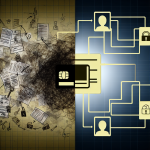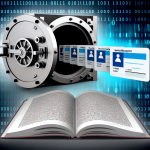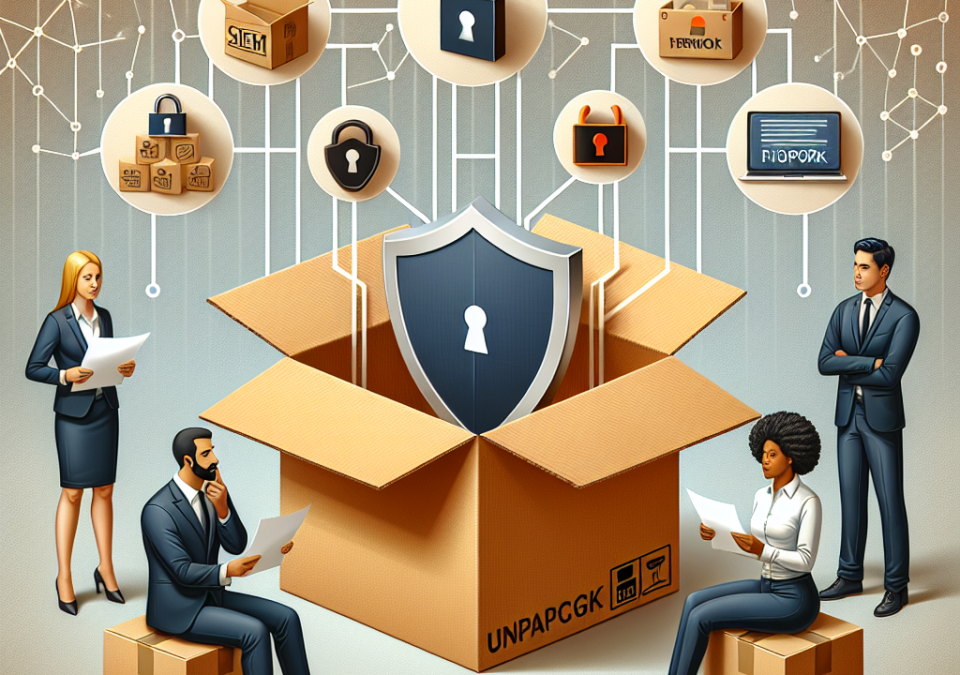
From Chaos to Clarity: Streamlining Security Compliance with Robust Identity Practices
June 23, 2025
Understanding Security Compliance: A Guide for Identity Management Professionals
June 24, 2025
In an era where cyber threats are becoming increasingly sophisticated, organizations must adopt robust security measures to protect their digital landscape. Security Information and Event Management (SIEM) systems have emerged as critical components of cybersecurity architecture, providing real-time analysis of security alerts generated by various hardware and software. This article unpacks SIEM, highlighting the essential features that ensure robust network safeguarding.
What is SIEM?
SIEM combines security information management (SIM) and security event management (SEM) functions into a unified solution. It collects, analyzes, and correlates logs from across the entire network in real-time. By doing so, SIEM helps organizations identify and respond to security incidents promptly.
Essential Features of SIEM
1. Log Management
At the core of SIEM lies robust log management. SIEM solutions aggregate logs from diverse sources—servers, operating systems, applications, and network devices—into a centralized platform. This feature ensures that security teams have a comprehensive view of all activities across the network, essential for identifying anomalies.
2. Real-Time Monitoring and Alerting
One of the significant advantages of SIEM is its ability to monitor network activity in real time. By continuously analyzing data streams, SIEM systems can identify suspicious behavior or anomalous patterns, triggering alerts for immediate investigation. This real-time responsiveness is crucial for minimizing damage in the event of a security breach.
3. Threat Detection and Correlation
SIEM tools utilize correlation rules to detect multi-source threats. By correlating data from various logs, SIEM can spot complex attack patterns that might remain hidden if each log were analyzed in isolation. This feature is vital for recognizing sophisticated threats, such as advanced persistent threats (APTs), that infiltrate networks over extended periods.
4. Compliance Management
Many organizations must adhere to regulatory standards such as GDPR, HIPAA, or PCI-DSS, making compliance a critical aspect of security management. SIEM systems streamline compliance by automating data collection, report generation, and audit trails. This ensures that organizations can demonstrate adherence to regulatory requirements efficiently.
5. Incident Response Automation
Timely responses are crucial to limiting the damage of a security incident. Many SIEM solutions offer automated incident response capabilities, allowing organizations to define workflows that can be triggered by specific alerts. By automating initial responses—such as isolating affected devices and notifying relevant personnel—SIEM systems help shorten the window for potential damage.
6. Advanced Analytics and Machine Learning
Newer SIEM solutions are incorporating advanced analytics and machine learning technologies to enhance threat detection. By analyzing historical data and user behavior, these systems can identify emerging threats more efficiently. Machine learning algorithms can adapt over time, improving the accuracy of detections and reducing false positives.
7. Dashboards and Visualization Tools
Effective incident response requires a clear understanding of the security landscape. SIEM systems typically include customizable dashboards that present data visually, aiding analysts in monitoring trends and incidents visually. This feature allows security teams to prioritize their efforts based on the severity and potential impact of threats.
8. Integration Capabilities
A robust SIEM solution should integrate seamlessly with other security tools, such as intrusion detection systems (IDS), firewalls, and endpoint security solutions. Integration facilitates a more cohesive security posture by ensuring that all components of the cybersecurity architecture work in tandem.
Conclusion
As cyber threats evolve, organizations must remain vigilant and proactive in defending their networks. A well-implemented SIEM system can be a game-changer in this fight, offering features that enhance visibility, threat detection, compliance, and incident response. By understanding the essential features of SIEM, organizations can better safeguard their digital assets and maintain a resilient security posture. In a world where the consequences of a breach can be severe, investing in a comprehensive SIEM solution is not just an option—it’s a necessity.







